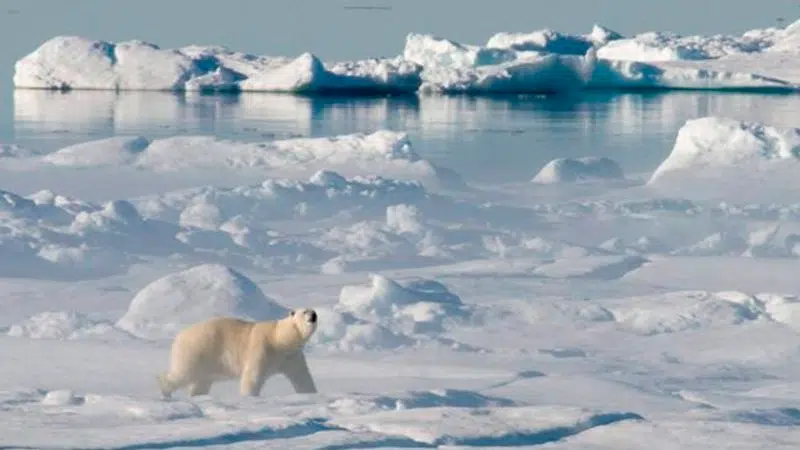
New federal Arctic policy focuses on human health, environment, infrastructure
The federal government has released its long-awaited policy on developing the Canadian Arctic in a changing environmental and political world.
But after three years of work on the lengthy document, some are left asking, “Where’s the caribou?”
The document proposes eight priorities. Health, infrastructure and economic development are at the top.
It mentions a shopping list of northern asks: from roads to resources to housing to high-speed internet.


